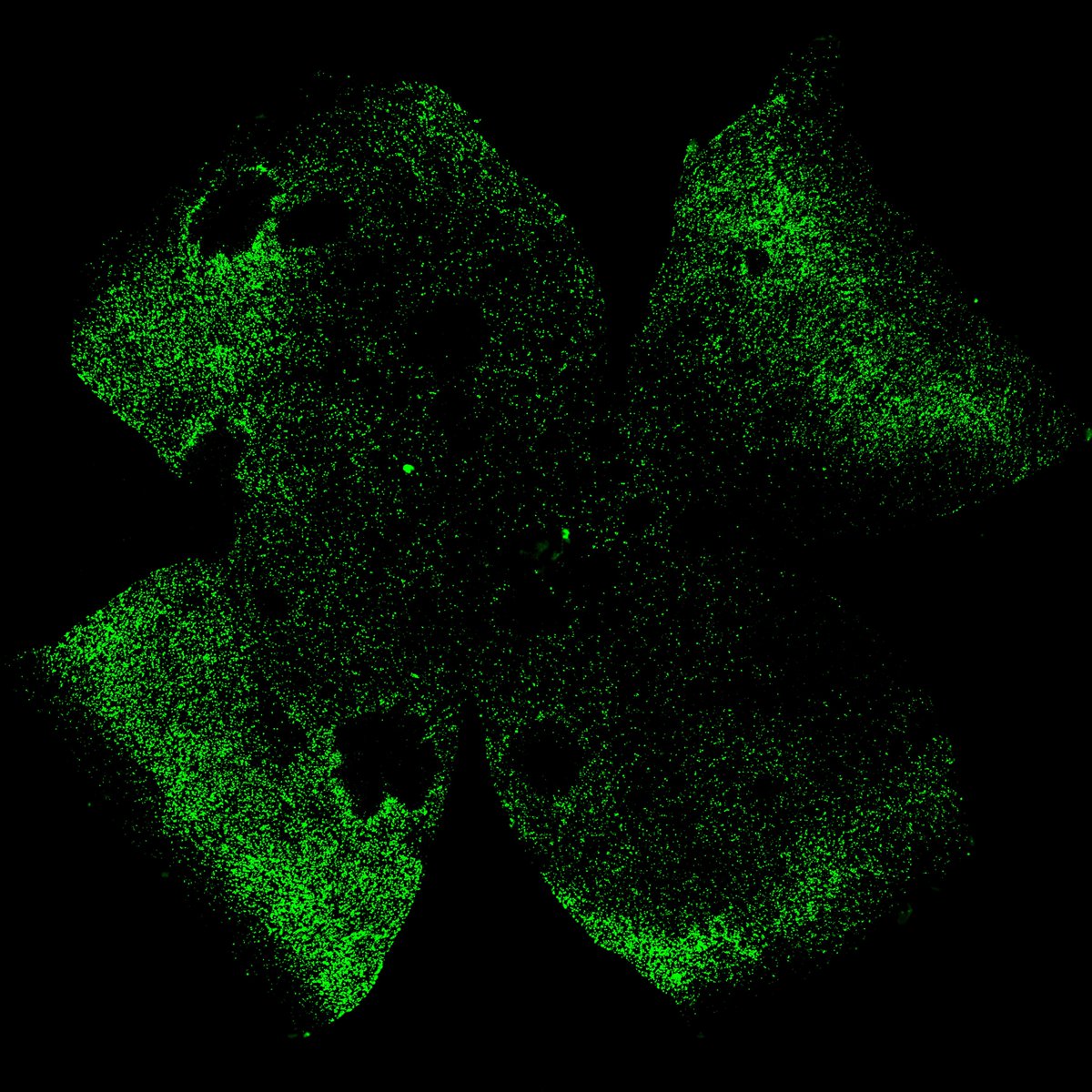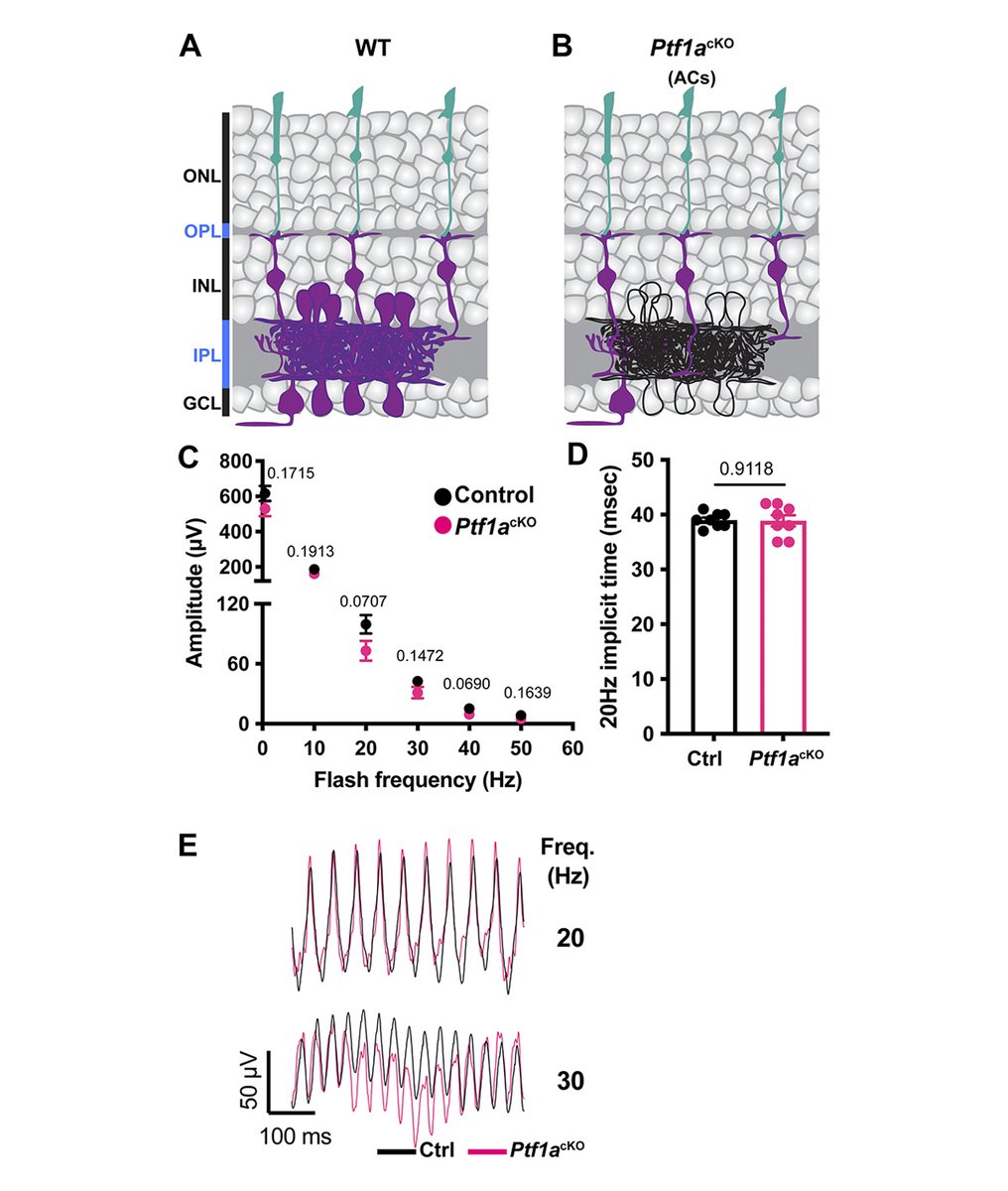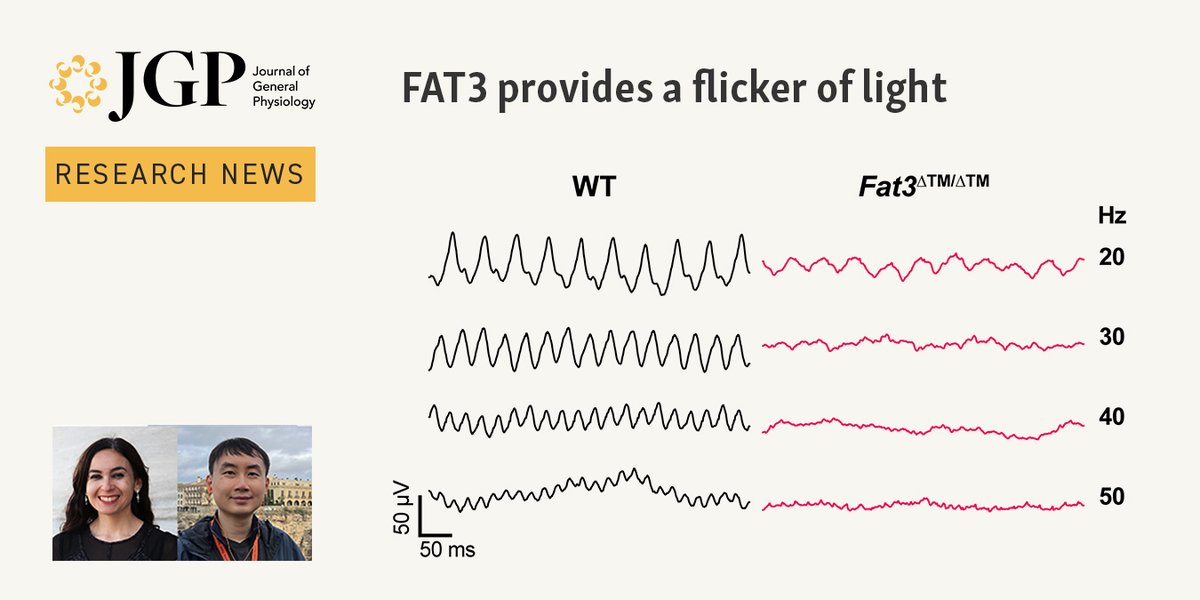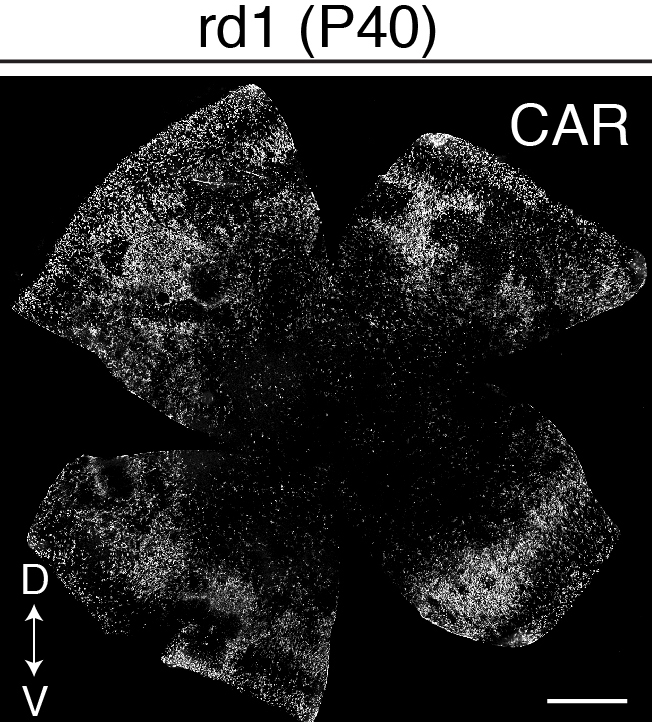
Yunlu Sawyer Xue
@yunlusawyerxue
Neuroscientist and biomedical engineer specialized in eye/retina function and disease.
ID: 1245939587106648065
03-04-2020 05:02:08
11 Tweet
48 Followers
60 Following

New work in eLife - the journal from the lab of HHMI Investigator Constance Cepko suggests that a gene theory may offer a new approach to preserving vision in people with retinitis pigmentosa or other conditions that cause vision loss. bit.ly/3g68Vyu



CD47 is best known as a cancer target, but can the "don't eat me signal" also help protect cells? Our latest paper in JCI insight suggests yes! Using CD47, we design an AAV gene therapy that slows retinal degeneration in mice. w/ Yunlu Sawyer Xue insight.jci.org/articles/view/…



Big effort from Fim (She/Her), Bryan William Jones, and #SilkeBecker and collaborators Scripps Research, Salk Institute, San Diego Eye Bank and Lifesharing. Thanks to funders NEI, RPB and Diabetes Research as well as Moran Eye Center and of course eye donors and their families.

In this Goodrich & Cepko Labs joint work (Evelyn Aviles Sean Ku Wang), we found that FAT3-deficient mice presented abnormal 30 Hz vision, and flicker ERG which was mediated by both OFF (GRIK1) and ON (GRM6) pathways of bipolar cell. biorxiv.org/content/10.110…

Our recent work, Goodrich and Cepko lab collaboration (Yunlu Sawyer Xue Sean Ku Wang ), is now out on BioRxiv! Fat3 in bipolar cells has a role in retinal function and is required for high temporal frequency light response biorxiv.org/content/10.110…

Avilés, Goodrich, Cepko, Xue et al. Harvard Medical School report that the loss of FAT3 acts via its intracellular domain and retinal bipolar cells to affect mouse electroretinography (ERG) responses and visual perception of high-frequency flickers. hubs.la/Q035dRd80


Latest in our Research News: new study from Evelyn Aviles, Yunlu Sawyer Xue et al. (hubs.la/Q036cb2H0) reveals that visual perception of high-frequency flickers requires signaling by the tissue polarity protein FAT3 in retinal bipolar cells. hubs.la/Q036cfDT0



